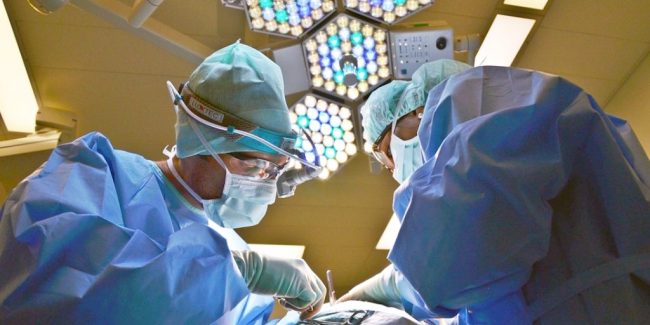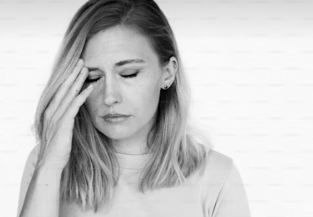Shoulder Dislocation Surgery – The Latarjet Procedure
Published on
26 Sep 2017

Call us on: (03) 9975 4133
This surgical procedure is used to improve recurrent shoulder dislocations. First described by a French surgeon (hence the name!) in the 1950s, this operation aims to address the bony loss and instability typically associated with more serious dislocations. This operation is becoming more popular in rugby and footy athletes, with AFL stars such as Nat Fyfe, Gary Ablett and West Coast ruckman Scott Lycett choosing Latarjet.
Indications – When to choose a Latarjet?
During anterior dislocation (ball moves forward out of the socket) the humeral head and glenoid or labrum can be damaged. These injuries are known as a Hill Sachs and a Bankart lesion respectively. If there is more than 20% bony loss at the front aspect of the glenoid, especially in the presence of a bony defect in the humeral head, then a Latarjet procedure is indicated.
This procedure is particularly relevant for those who dislocate after having the standard soft tissue arthroscopic stabilisation operation, and play sports with higher rates of shoulder dislocation (Rugby and AFL).
In earlier this year, Mr Shane Barwood (Melbourne Orthopaedic Group) attended our monthly Professional Development session to lecture on Shoulder Instability. He described the Latarjet operation in great detail, and recommended a 3D CT scan as the best form of radiology imaging to visualize the degree of bony damage if suspected after dislocation. He stressed that age is an important factor in determining whether he performs a Latarjet, especially in teenage athletes.
Surgical Technique – What does the operation involve?
With a Latarjet operation, the shoulder joint is generally repaired using an open technique (you will have a proper scar) rather than arthroscopically (keyhole using camera). I had the opportunity to witness this operation earlier this year by observing Mr Austin Vo (Arthrohealth) operate on an amateur football player. It was a valuable learning experience and helped me appreciate how technical this surgical procedure really is.
During surgery, the surgeon begins by carefully removing the coracoid process, a bony extension of the shoulder blade. After preparing and reshaping this piece of bone (the graft) for an ideal fit, the coracoid and its conjoined tendon are re-attached to its new home. This is the lower front aspect of the socket. The technique improves the shape of the socket, and together with the sling effect of the tendon, reduces the likelihood of the humeral head slipping forwards.
Is Latarjet better than regular stabilisation surgery?
Recurrent dislocation rates have been shown to be lower for Latarjet versus Soft Tissue operations, sometimes half as frequent, based on research investigating re-injury rates at 5 years. Although this early evidence is positive, since this surgery continues to become more popular and more accessible, more longer-term research is needed.
However, the post-op complication rate can be higher for the Latarjet procedure, and patients tend to be stiffer with minor reductions in external rotation (turning outward) freedom of movement due to the surgical technique.
Physiotherapy after the surgery
Post-operative physio rehab is similar to an open soft tissue stabilisation, although the Latarjet technique tends to be stable earlier due to the bone-on-bone healing. After immobilization in a sling, manual physios work together with their rehab physio colleagues to closely assess and monitor progress. The key goals are to gradually progress mobility and strength. Most athletes successfully return to sport after approximately 6 months, with elite footy players sidelined for 12-14 weeks.
We’re Here to Help!
If you’d like advice and support throughout both pre and post shoulder surgery then contact our friendly team today! Your physiotherapist will assist you in preparing in the best way possible and ensure you are supported in post-surgery rehabilitation.


